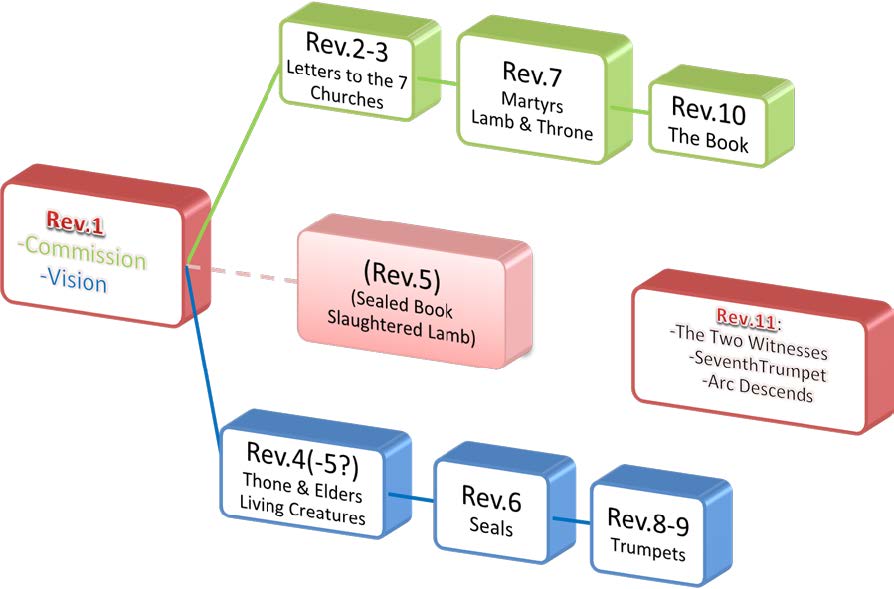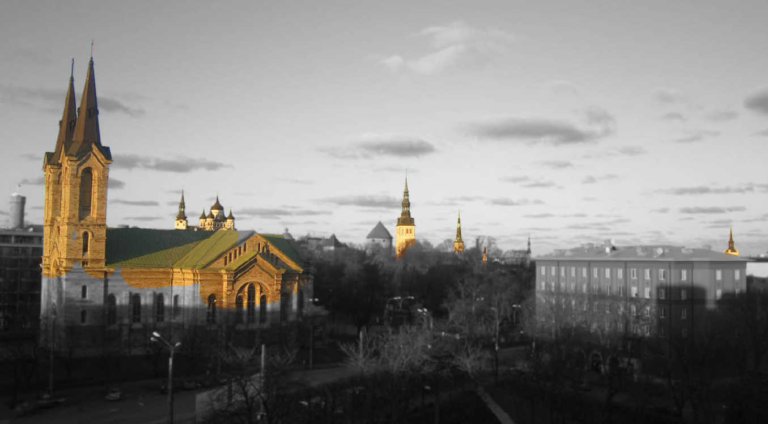If for whatever reason only the first eleven chapters of the Book of the Revelation were known to us, both the doxa and the Christian dogma would continue to see in the book a work of high religious and spiritual value. See below, The “Two” Revelations If writing music to the Book of Revelation would… Continue reading The Two Revelations
Category: Biographical
A multitude in Hell: The Case for ”Globality”
Two nights ago I had a dream. I dreamed of a multitude; I dreamed of the multitude. This multitude, these people, were like pieces of glass blown up high in the sky, each one of them constituting, reflecting as it were the image past of an organized whole: the tower of human endeavor rising up… Continue reading A multitude in Hell: The Case for ”Globality”
Juscheld, Quixote: Metastructure or Vision
In this article I describe Juscheld’s view of the artistic work as visionary structure, particularly in the way an author’s stance and experience of the world structures his or her emotional life, which in turn shapes his or her work. I propose the term “metastructure” as a an approximate, mid-way concept of what the composer… Continue reading Juscheld, Quixote: Metastructure or Vision
Secular vs. Sacred, Popular vs. Cultist
The line between secular and sacred, popular and cultist (at times called classical) in music are diffuse the best of times. Certainly those who take this creative skill seriously, who may have the talent or enjoy the luxury to dedicate their lives to it, know better: none of us I guess would speak of inspiration… Continue reading Secular vs. Sacred, Popular vs. Cultist



